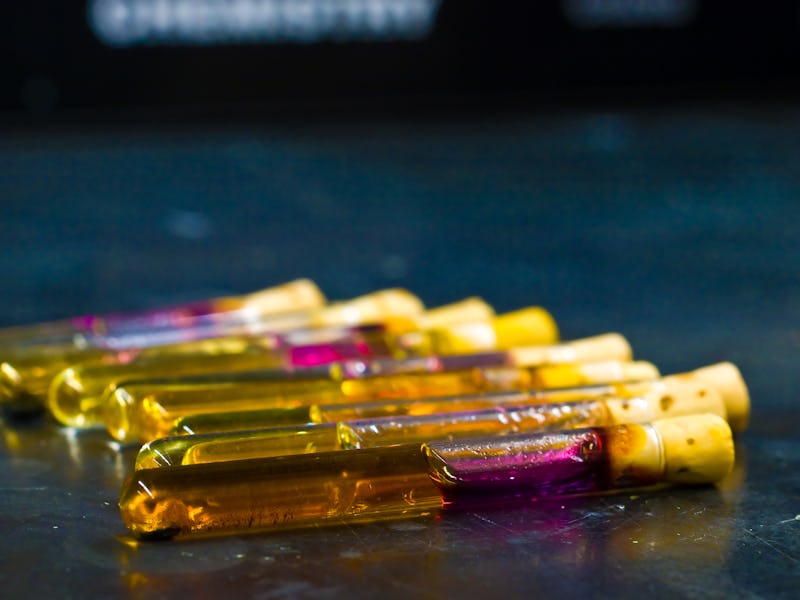As NASA sends spacecrafts to our solar system’s ocean worlds, we may just have a way to find life on these planets.
As reported in a recent paper published in Analytical Chemistry, NASA scientists developed a new chemistry test to identify life. This test analyzes for amino acids, the building blocks of life, and it’s 10,000 times more sensitive than methods conducted by current spacecrafts.
“Looking at the distribution of amino acids allows us to look for life as we know it as well as life as we don’t know it,” lead author Jessica Creamer, a postdoctoral scholar at the Jet Propulsion Laboratory (JPL), tells Inverse.
The new test is based off a method called capillary electrophoresis, which separates a mixture of organic molecules into its components. It’s easy to automate for samples on ocean missions. But this is the first time this method is being tailored to detect extraterrestrial life on an ocean world.
The improvements mean scientists can identify more amino acids that are useful for identifying extraterrestrial life, and can detect amino acids at lower concentrations.
Amino acids can be found in non-living structures too, but there’s a way to tell the difference if they’re signs of actual life or not. Amino acids are chiral molecules, which means they come in two forms that are mirror images of each other. There are “left” and “right”-handed forms, and non-living sources have approximately equal amounts of both types. However, amino acids from Earth’s organisms are almost exclusively the “left-handed” type.
“It’s one of our best indicators of life,” the project’s principal investigator, Peter Willis of JPL, tells Inverse. “If you look in the amino acids, you’ve got these two forms … They’re mirror images of one another, but they’re not the same.”
As for extraterrestrial life, scientists believe its amino acids must also be one of the two forms. If scientists find that extraterrestrial life has “left-handed” amino acids, they would first have to make sure that the life is actually extraterrestrial, not from Earth. If it is indeed extraterrestrial, this would give scientists more insight into the origin of life and whether “left-handed” amino acids are more universal in some ways.
On the other hand, if extraterrestrial life has “right-handed” amino acids, this would be a fascinating finding.
“If we were to find a significant excess of ‘right-handed’ amino acids on another planetary body, this would be a very exciting discovery that would indicate the extraterrestrial life had a separate origin from life on Earth,” Creamer says.
To test this method in space and the ocean world planets, researchers are working on a shoebox-sized tool called the Chemical Laptop. Basically, this tool can take in salty ice samples, melt them, mix it with the liquids needed for testing, and perform analysis for amino acids.
So far, researchers have only used the new technique in California’s Mono Lake, which has especially high alkaline content. It’s so salty that no native fish live there, but it’s similar to the salty waters on Mars, Jupiter’s moon Europa, and Saturn’s moons Enceladus and Titan.
NASA is currently in the early stages of diving into missions to our solar system’s ocean worlds, like Enceladus or Titan. But the new breakthrough means we may find life swimming on other planets if we ever manage to make it there.
